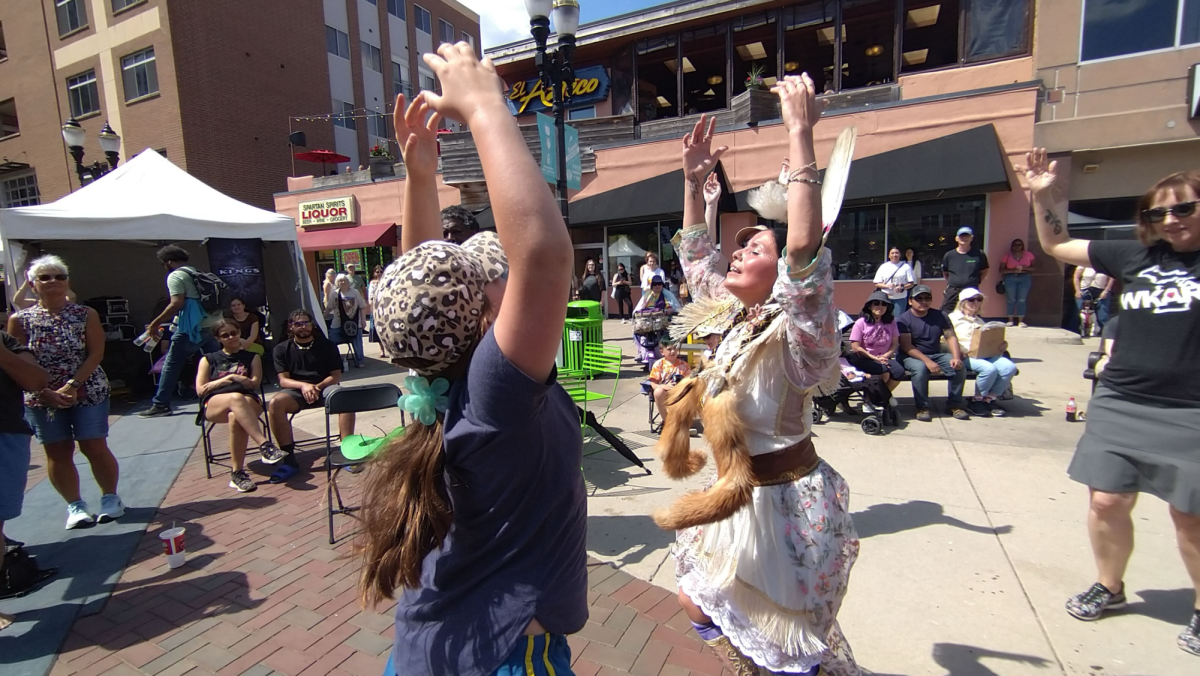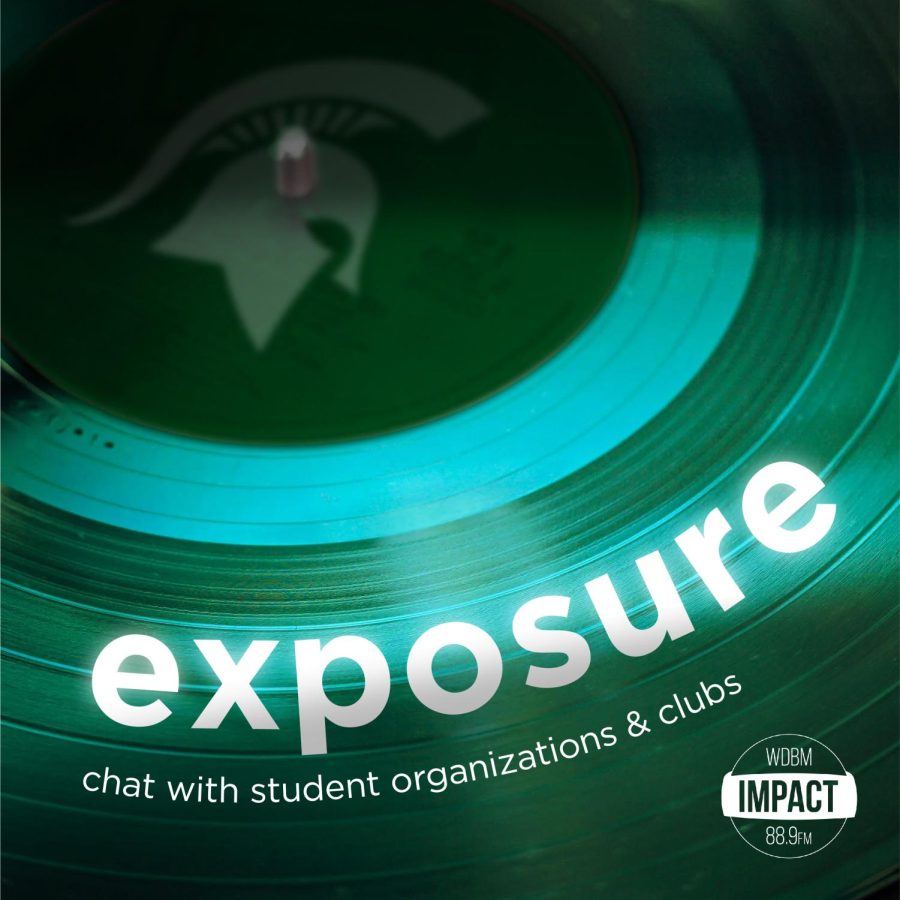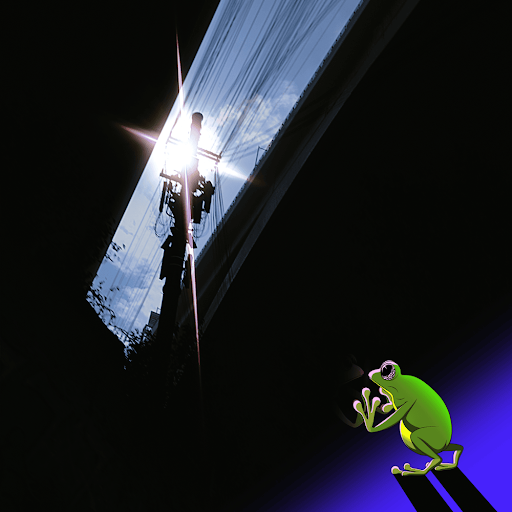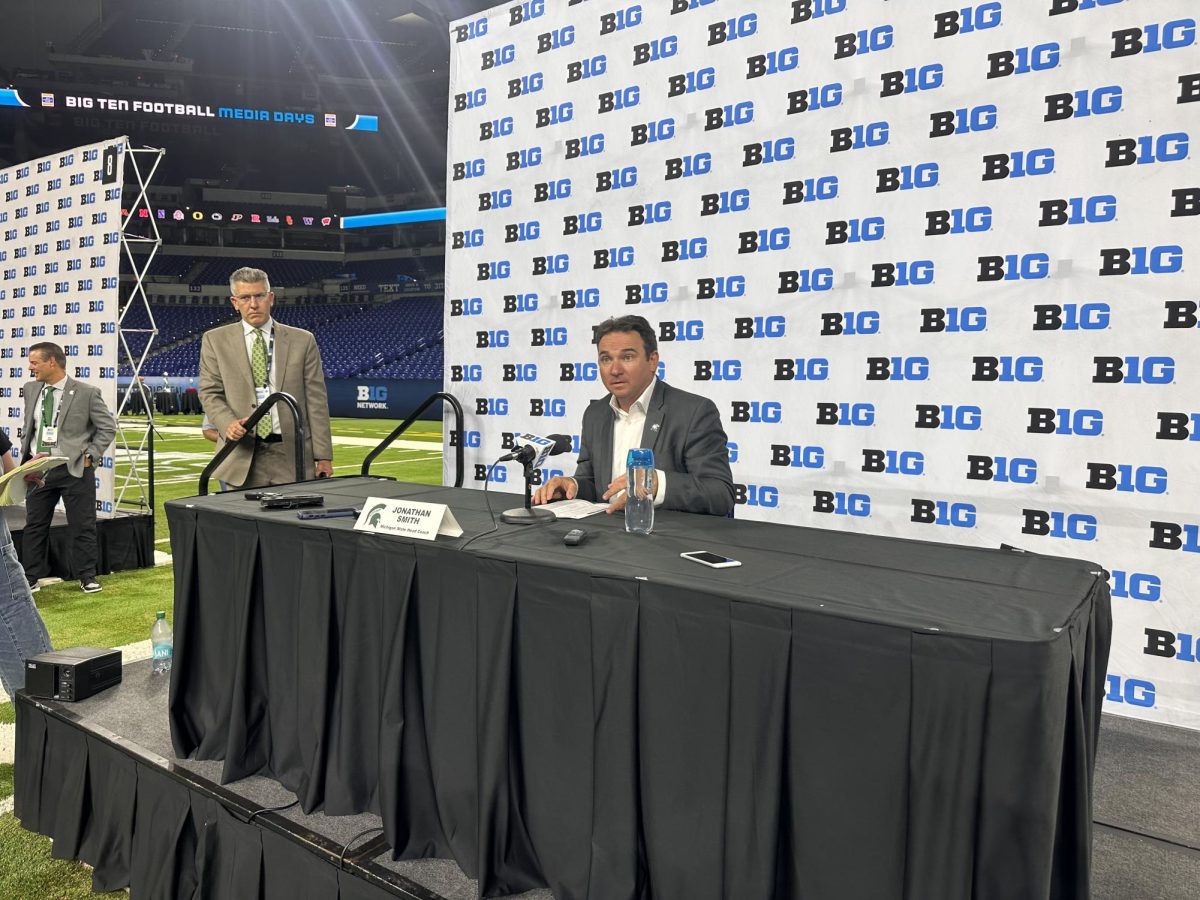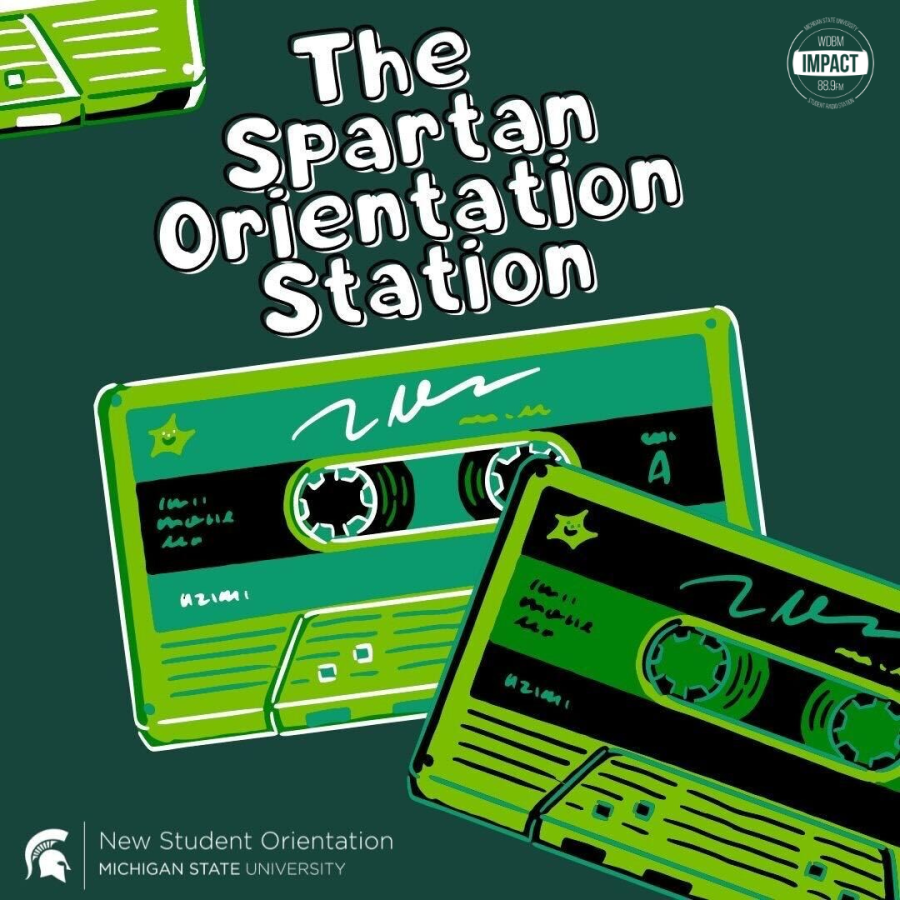The Sci-Files – 10/10/2021 – Robert Stanley – Rising From the Ashes
October 11, 2021

On this week’s SciFiles, your hosts Chelsie and Daniel interview Robert Stanley. The invasive Emerald Ash Borer (Agrilus planipennis, EAB), the most destructive forest tree insect in North American history, threatens the majority of the native American ash species. This includes green ash, white ash, pumpkin ash and black ash. Green ash was widely used as a street tree, white ash is famous for baseball bats, pumpkin ash for guitars and black ash for native American baskets. This insect (EAB) can kill over 99% of the ash they encounter, and threaten the industries and communities that utilize these ash resources, costing billions of dollars annually.
Robert’s collaborators work to find the trees the mount a defense against this insect. What they see in these “lingering” trees is that they somehow manage to kill the insect, and heal over the wound caused by the larvae boring into the wood.
Robert’s particular work is to figure out how these trees manage to kill the insects. They use traditional plant breeding coupled with 21st-century analysis techniques to examine the chemicals the plants use, as well the as transcripts influencing this response. He works primarily with the plant chemistry, and run considerable amounts of exploratory studies to figure out which chemicals the plants use. This is called untargeted metabolomics, where they look at all the chemicals in the woody tissue. What he finds is that what is important is the ability of the plant to sense and respond to the EAB attack. This is counter to what many people previously hypothesized, that the native green ash doesn’t have any defense against these invasive species. In fact, it appears that the majority of the green ash has the capability to make these defensive metabolites, it’s just a select few that are able to respond appropriately and fend off the EAB invaders. It’s like if you gave a million people different possible ways to make a tank, and only a couple of them were able to put it together. Those ones that happen to be able to put it together will do well and be able to pass it on to their children. It is absolutely incredible to watch a species being saved in real-time.
If you’re interested in talking about your MSU research on the radio or nominating a student, please email Chelsie and Danny at [email protected]. Check The Sci-Files out on Twitter, Facebook, Instagram, LinkedIn, and YouTube!




